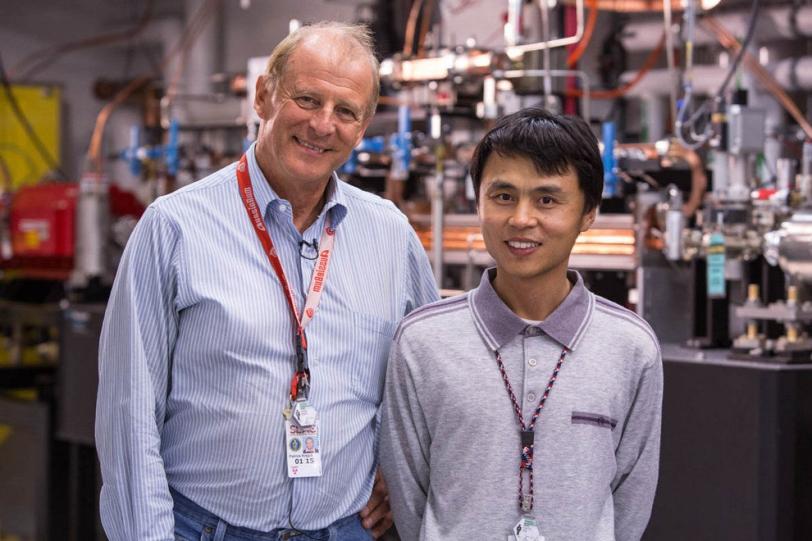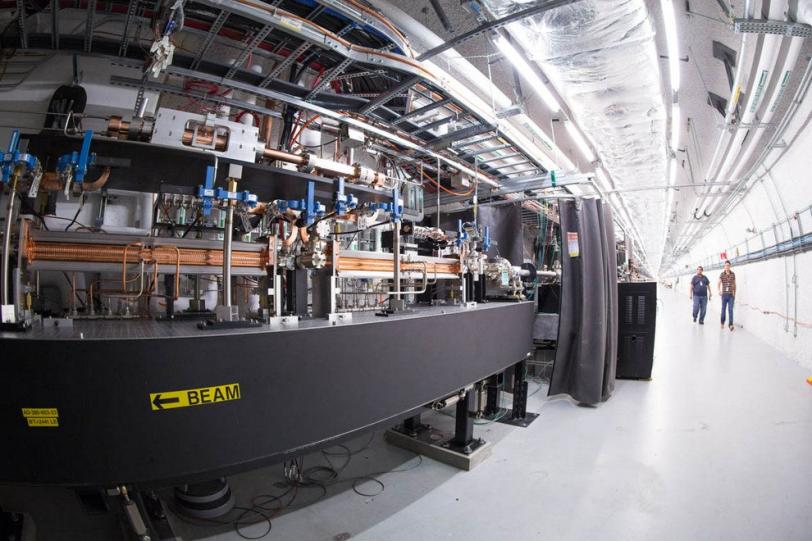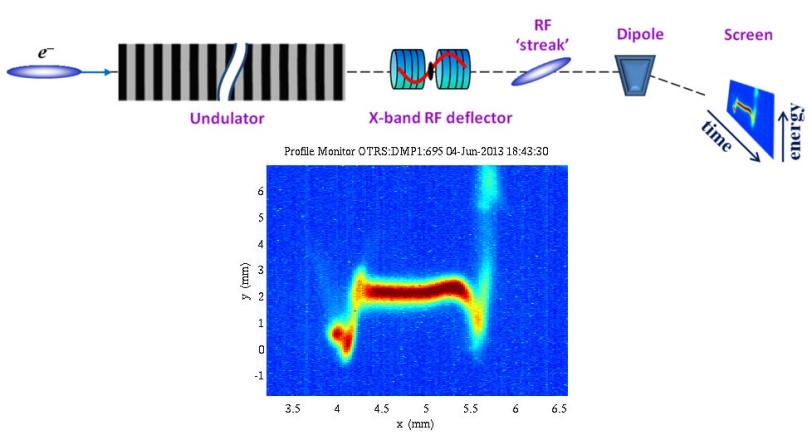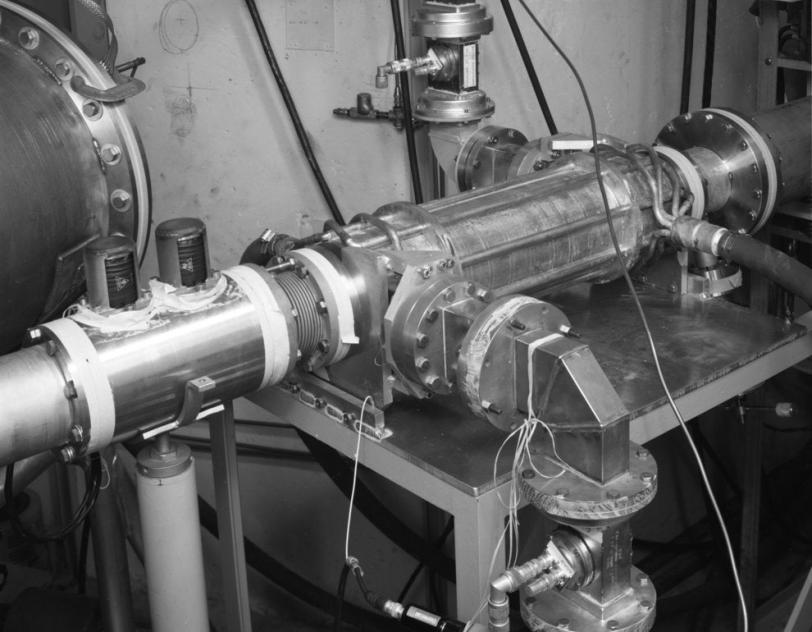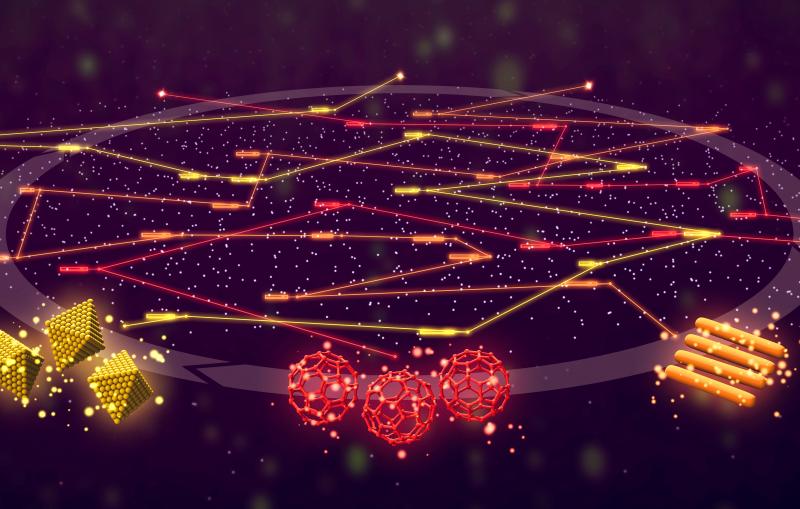New Tool to Measure X-ray Pulses Borrows from SLAC History
A tool developed half a century ago for sorting subatomic particles has been redesigned to measure X-ray laser pulses at SLAC's Linac Coherent Light Source (LCLS).
By Glenn Roberts Jr.
A tool developed half a century ago for sorting subatomic particles has been redesigned to measure X-ray laser pulses at SLAC's Linac Coherent Light Source (LCLS).
The result is a new device, called an X-band radio-frequency deflector, or XTCAV, that pinpoints the duration of X-ray pulses to within a couple of femtoseconds, or quadrillionths of a second, giving scientists a much more detailed view of the individual pulses that interact with their samples. The XTCAV was successfully tested this month, concluding a two-year fabrication and installation project.
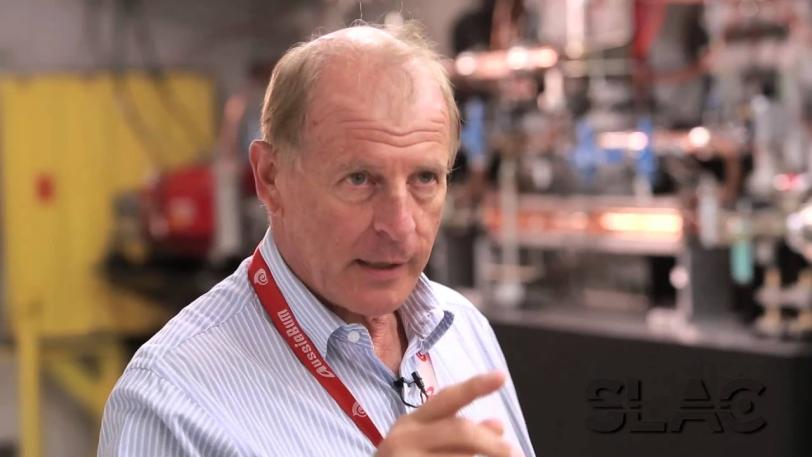
Patrick Krejcik on the X-Band Transverse Deflecting Cavity
"The ultimate goal is to screen every pulse, so researchers know the pulse length and pulse shape of every single laser flash they're getting" for every experiment at LCLS, said Patrick Krejcik, a SLAC accelerator physicist and XTCAV project manager.
Until now, scientists got information about the lengths of LCLS X-ray pulses indirectly, by measuring the electron bunches that give rise to the X-ray pulses and making certain calculations.
The new method, proposed in 2011, allows them to measure the X-ray pulses in a more direct way.
In the LCLS, bunches of electrons wiggle through a series of powerful magnets and emit ultrabright X-ray light in the form of laser pulses. These pulses travel to the experimental halls, while the remaining electrons continue to a beam dump for disposal.
Because the lasing process along the electron bunch is typically not uniform, and some electrons emit more intense X-ray light than others, the spent electron bunches carry the indelible fingerprint of the X-ray pulses they had spawned upstream. The XTCAV examines this electron waste stream and extracts detailed information about the X-ray pulses.
"It tells us not only the length and energy profile of the electron bunches, but also the pulse length and arrival time of the X-rays," Krejcik said.
While a few other techniques for measuring the length of X-ray pulses have been tested, the XTCAV demonstrates a permanent solution that doesn't disturb the X-ray pulses and can produce higher-quality data in experiments.
"You learn more about the formation of the X-ray laser pulses – for instance, which portions of the electron bunches are driving them – which allows us to improve LCLS performance through tuning,” said Yuantao Ding, a staff scientist and lead researcher on the XTCAV.
Already, the device has been tested in a special "self-seeding" mode at LCLS that produces X-ray pulses in a very narrow band of X-ray "colors," and has provided new insights about the pulse characteristics in this mode.
Zhirong Huang, who helped oversee research and development for the XTCAV, said it gives LCLS machine physicists and X-ray users a new set of eyes to see and study these ultrafast X-ray pulses with a precision of less than 10 femtoseconds.
"All atomic processes happen on the scale of a few femtoseconds,” Huang said. “I think this will be a key diagnostic for those experiments.”
Krejcik noted that the XTCAV project has involved both accelerator staff and LCLS staff, including many SLAC scientists, engineers and machinists, as well as Christopher Behrens, a visiting scientist from the German Electron Synchrotron (DESY).
"It's quite specialized. Really, this project could only be done at SLAC," he said, because of the lab’s unique expertise.
The XTCAV device resembles a mini accelerator. But rather than accelerating the electron bunches, it is designed to deflect and stretch or "streak" them to better reveal their shape and other key characteristics.
The device is coupled with a high-speed camera that captures information on the electrons, revealing the length and energy of about one in 12 X-ray pulses headed for the LCLS. Planned upgrades include a faster camera that will measure every pulse.
The XTCAV modernizes and miniaturizes a 50-year-old SLAC creation known as S-band transverse deflecting structures or "LOLA," named for creators Greg Loew, Rudy Larsen and Otto Altenmueller. It was originally used to select specific types of particles produced in fixed-target experiments for analysis. Today the devices serve as diagnostic tools for electron bunches produced in SLAC's linear accelerator.
Loew, deputy director emeritus at SLAC, said it's gratifying to know that LOLA is still inspiring new uses: "I wish everything else would have this kind of long life."
Contact
For questions or comments, contact the SLAC Office of Communications at communications@slac.stanford.edu.
